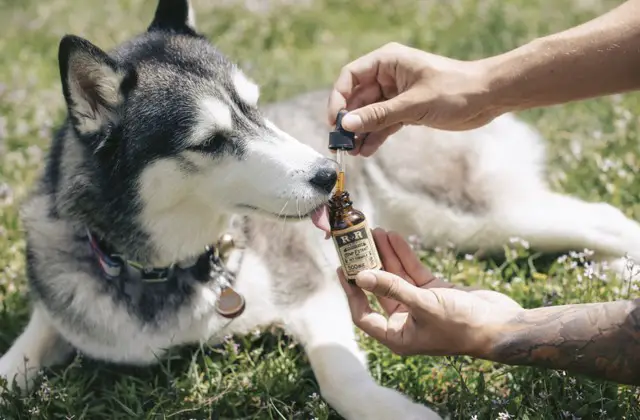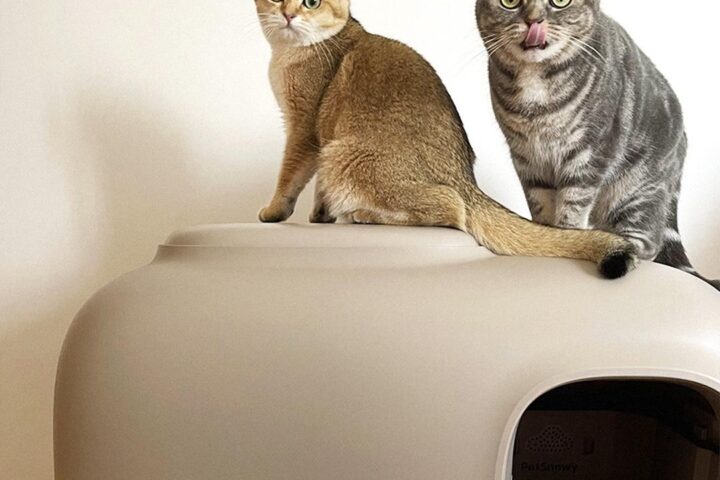From plushies to ropes and puzzles to balls, there is never a short supply of dog toys available. The diversity isn’t just because your pup may have a preference. Different types of toys serve a unique purpose for playtime. For a well-rounded experience, try adding a good mix of toys to your collection.
1. Self-Entertaining Toys
No matter how much you love your dog, you don’t always have time to play. Extra play is especially important for young or high-energy breeds. Solo recreation is useful for your dog to develop some independence. Certain toys warrant themselves to self-entertainment.
An entertaining dog toy should be fun and safe. Toys that can be secured in place through suction cups or ties are a great option. Also, consider toys that deliver treats through manipulation, tough rubber chews, or edible chews. Should you select an edible chew, verify that the material is easily digestible.
2. Interactive Toys
When you’re ready for playtime with your furry friend, opt for an interactive toy. This type of toy is perfect for multiple dog households. The interaction will encourage bonding and exercise.
Most commonly, interactive toys relate to fetch and tugging. Look for balls, discs, and ropes. Make sure each one is a safe design, as your dogs will have them in their mouths while running. Follow appropriate steps for tug-of-war.
3. Enriching Toys
Enrichment toys are designed to work your dog’s mind. They encourage the natural instincts to scavenge, sniff, chase, and chew. Participating in behavioral enrichment can help prevent boredom and reduce stress.
You can create or purchase a variety of enriching toys and rotate through them. Examples include food puzzles, licking mats, and snuffle mats. Incorporating hide and seek, scavenger hunts, and obstacle courses into playtime adds to the enrichment.
4. Comforting Toys
Dogs like to be comforted, and some toys can help. Stuffed toys sometimes act as a security blanket for your pup. You may notice your dogs playing gently, carrying the toys around, and cuddling with them during naps. Holding their favorite toys encourages excitement and reduces stress.
Stuffed toys don’t work for all dogs. Some view the toy as prey and destroy them. Monitor your dog until you know how they will react. If stuffed toys don’t work for comfort, you can try blankets and laundry. It’s reassuring to dig, burrow, and lay on fabrics with a familiar scent.
5. Teething Toys
Puppy teething toys may overlap with other categories, but they are important to consider. Around four months, a puppy’s adult teeth will start growing in. This period is known for excessive chewing. You can combat the impending destruction by providing appropriate toys.
Puppies are learning at the same time that they are teething, so versatile toys are perfect. Select toys that are too big to be swallowed, have multiple textures, massage gums, and are tough. Popular choices are teething rings and squeaky balls.
Make the most of playtime by selecting toys from each category. Try to rotate through activities to increase interest. Your happy, healthy dog will thank you.








